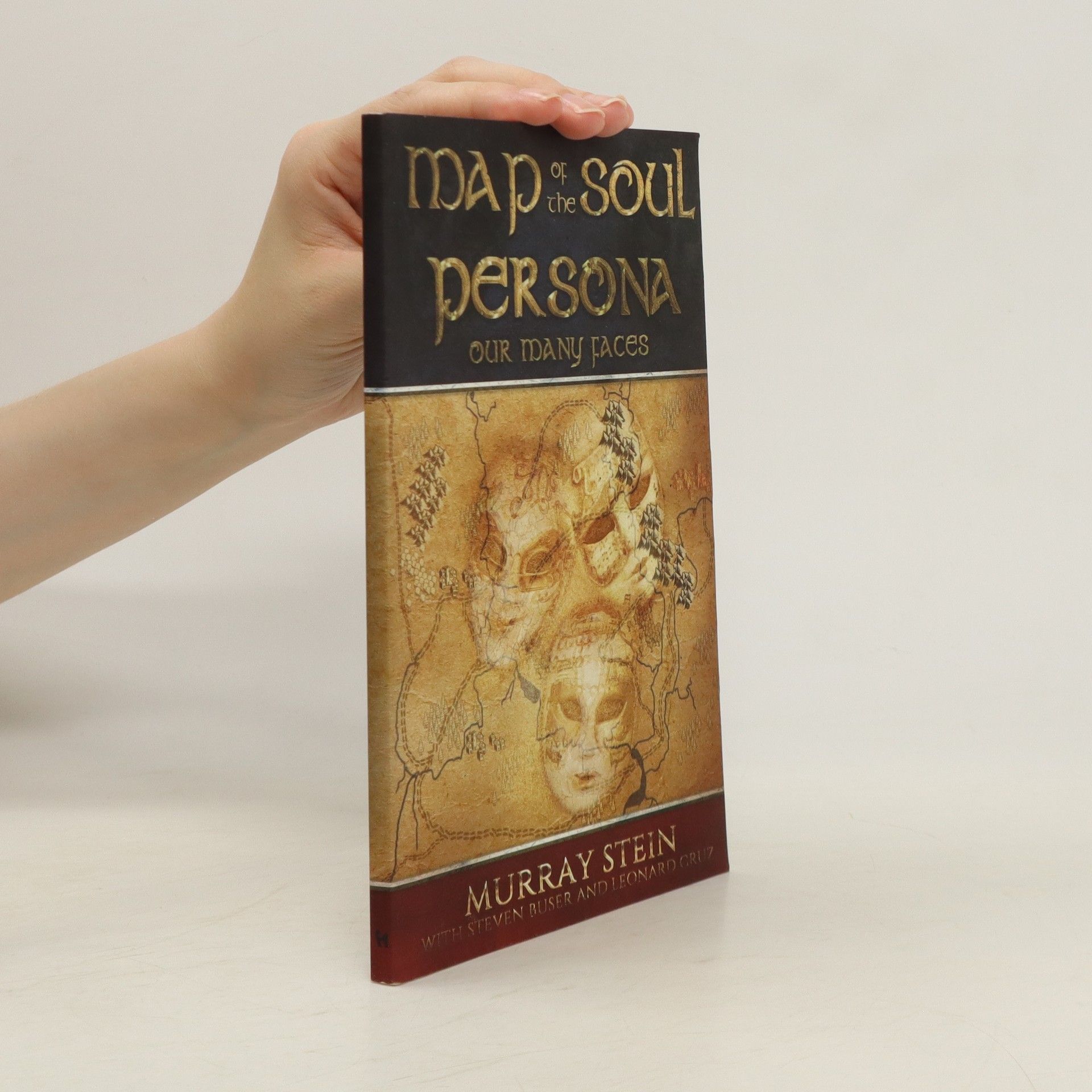Map of the Soul 7.
- 198 pages
- 7 hours of reading
"Beyond summarizing the three volumes on Persona, Shadow and Ego in the Map of the Soul series, this latest book explores the entire BTS album, start to finish, revealing profound insights into the collective psyche of BTS. The title of BTS's latest album, Map of the Soul: 7, captivates the mind with its suggestive and alluring imagery. It came as a surprise to many fans. Expected was an album that would follow upon Map of the Soul: Persona with songs about Shadow or Ego. While the new album does indeed include songs with these themes, it is much more complex and broader in vision than expected. The number 7 suggests mystery. It catches the mind's attention with its symbolic significance. What does this number mean in relation to the idea of a "map of the soul?" This book dives into this mystery and explores the unconscious reaches of our mind. Fans of BTS from around the world will marvel at the depth of meaning in the songs contained in Map of the Soul: 7. They take the listener into deep reflection upon the meaning of striving and ambition, the dangers of worldly success, and the amazing resiliency of the human spirit to recover and go on despite the pitfalls on life's journey. The songs themselves function as a map for souls who are setting out in life and engaging in challenging relationships. The songs are reflective, mirroring what we find within ourselves in our struggles to become and to thrive. When you stand on the threshold of a new land, it is useful to have a map as your guide. The great psychologist of the 20th Century, Carl Jung, created a Map of the Soul that many people in his time found more than a little helpful, even lifesaving. It is even more so now, for people in the 21st Century, caught in the profound complexities of modern life. Armed with this map, people are better able to find their way successfully through life's journey. Today, BTS is putting this map into the hands of their fans. For this great service we are profoundly very grateful"-- Provided by publisher



